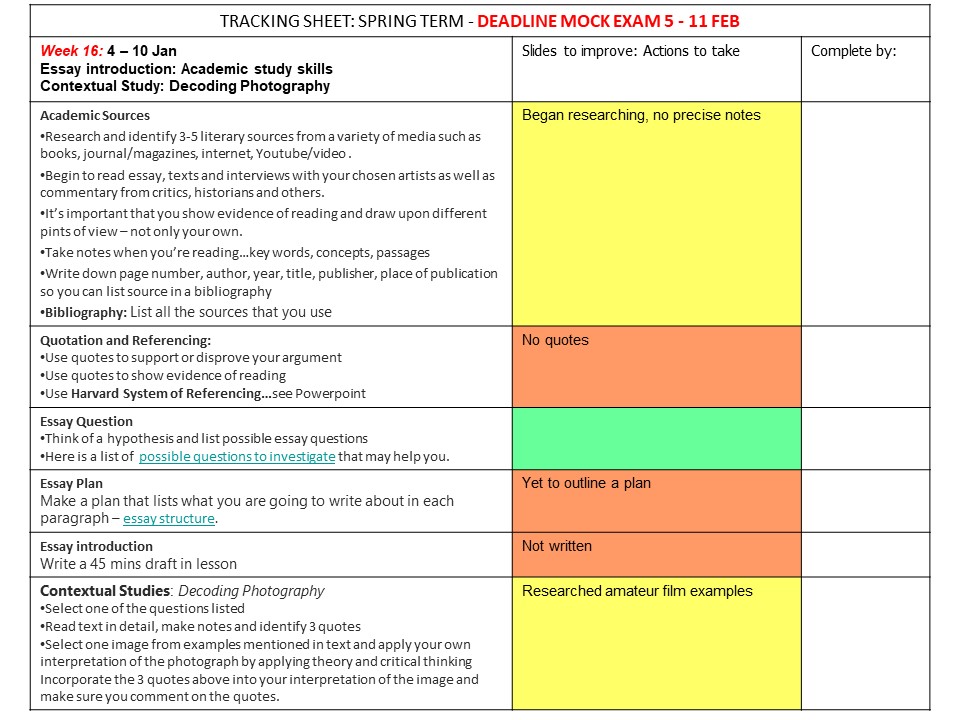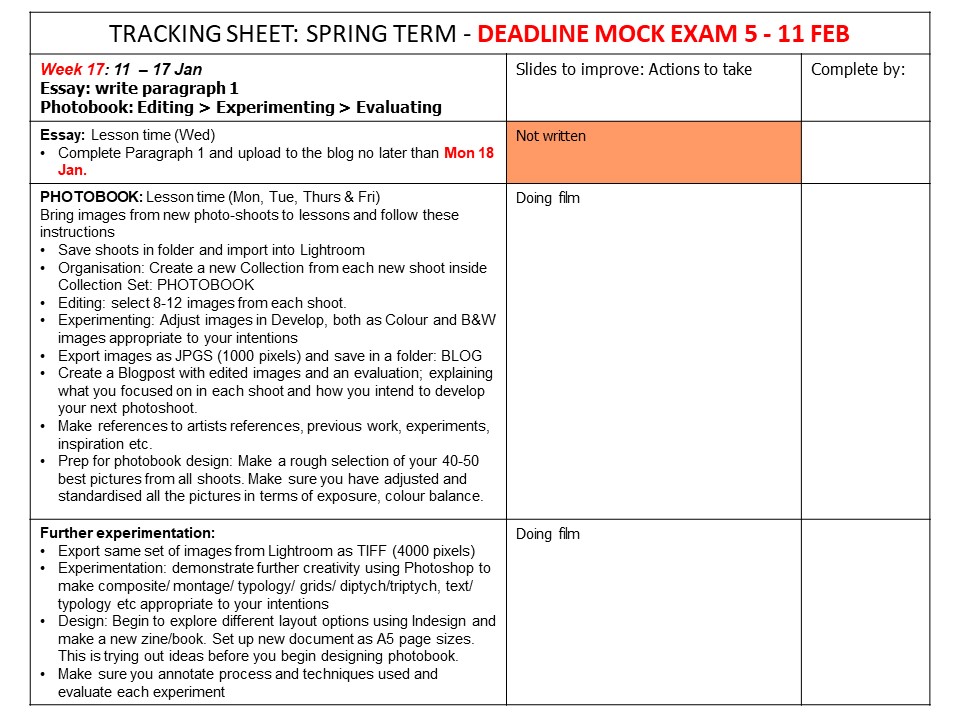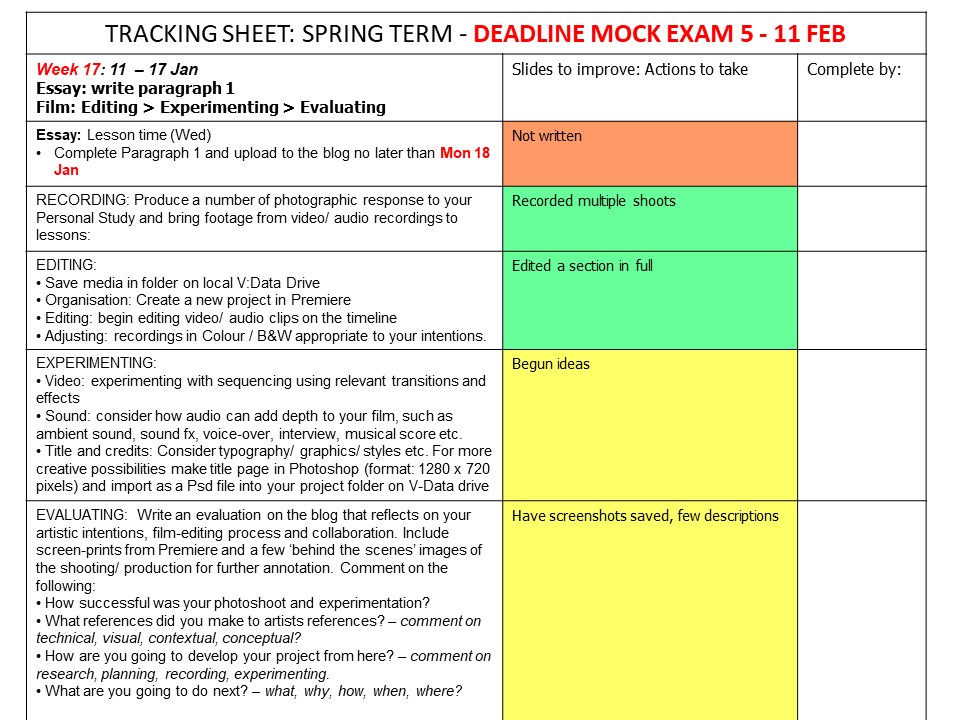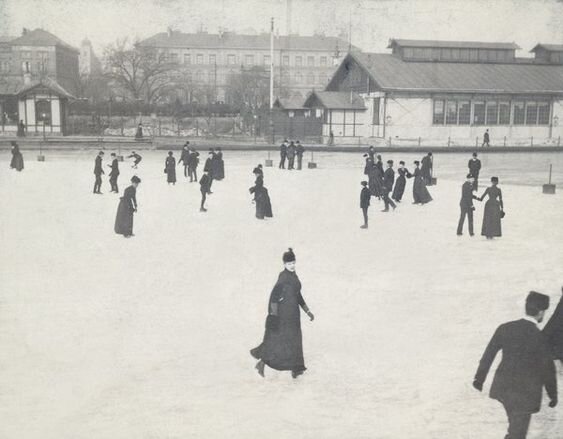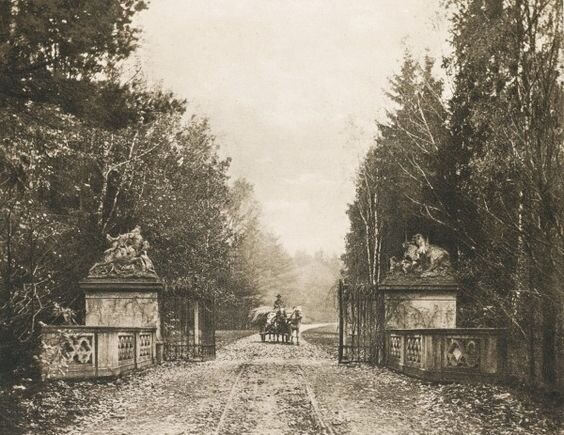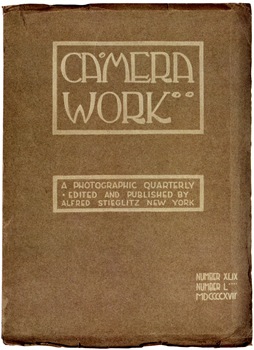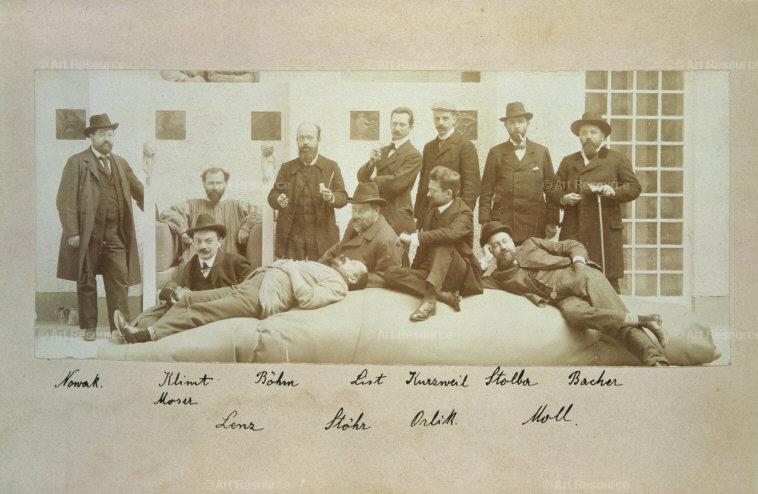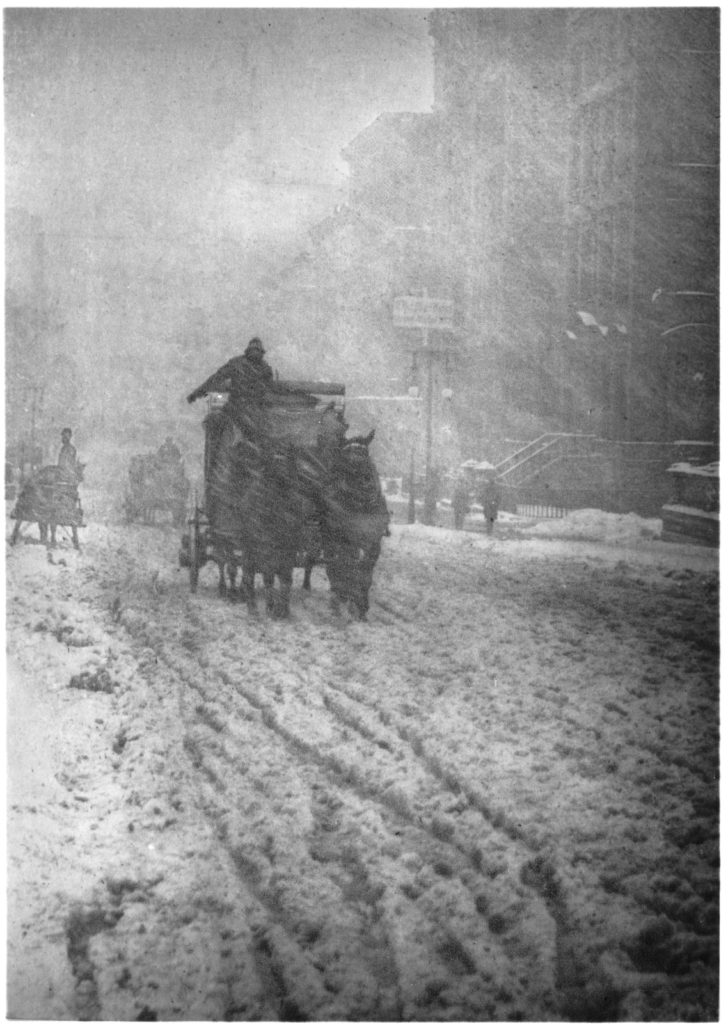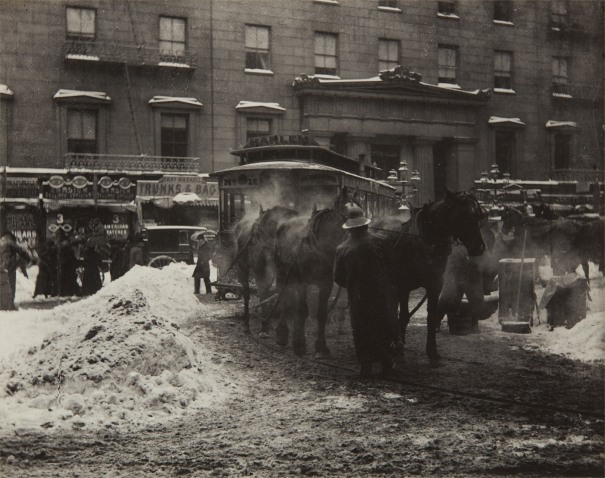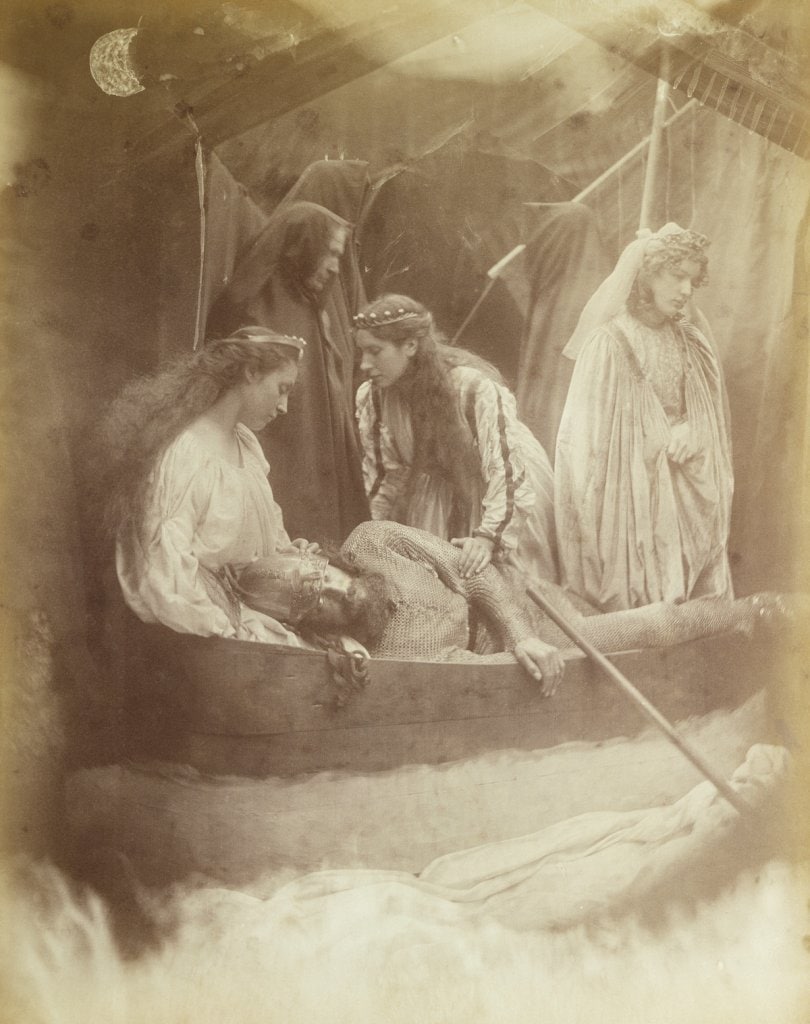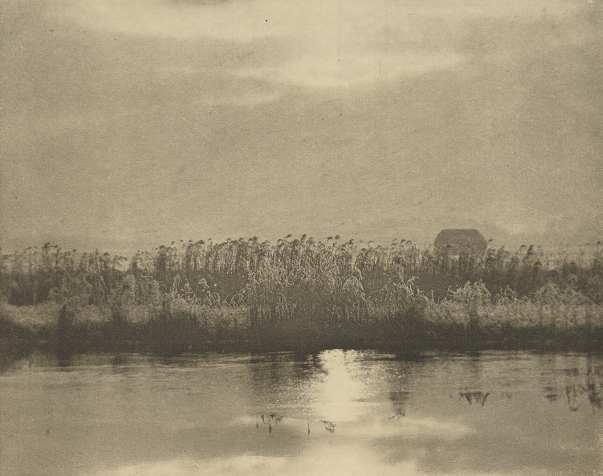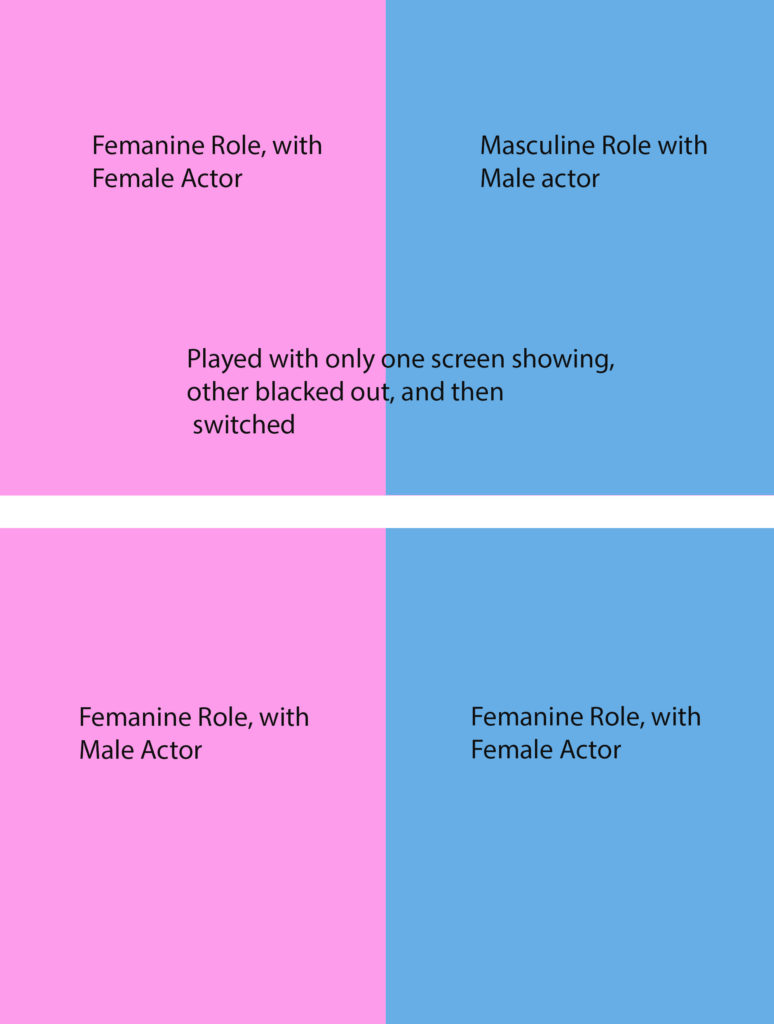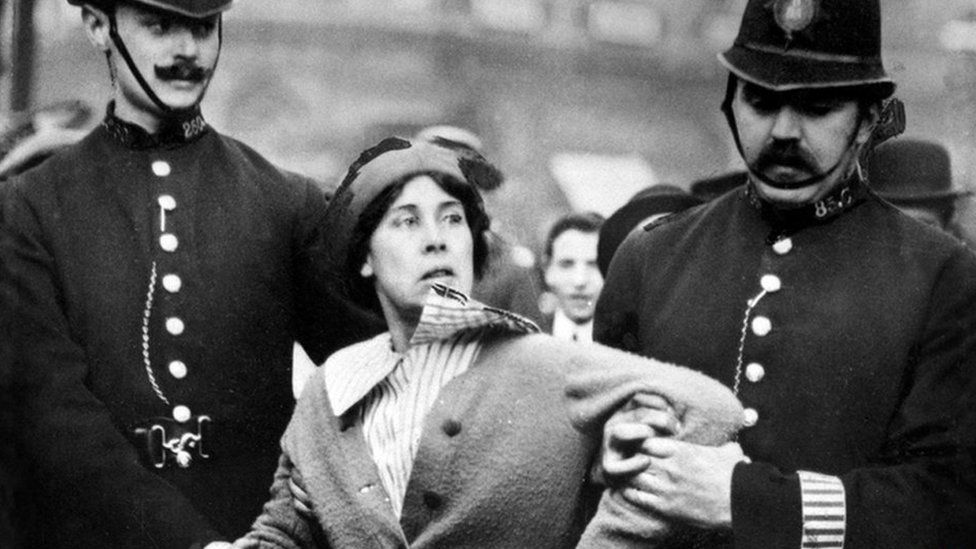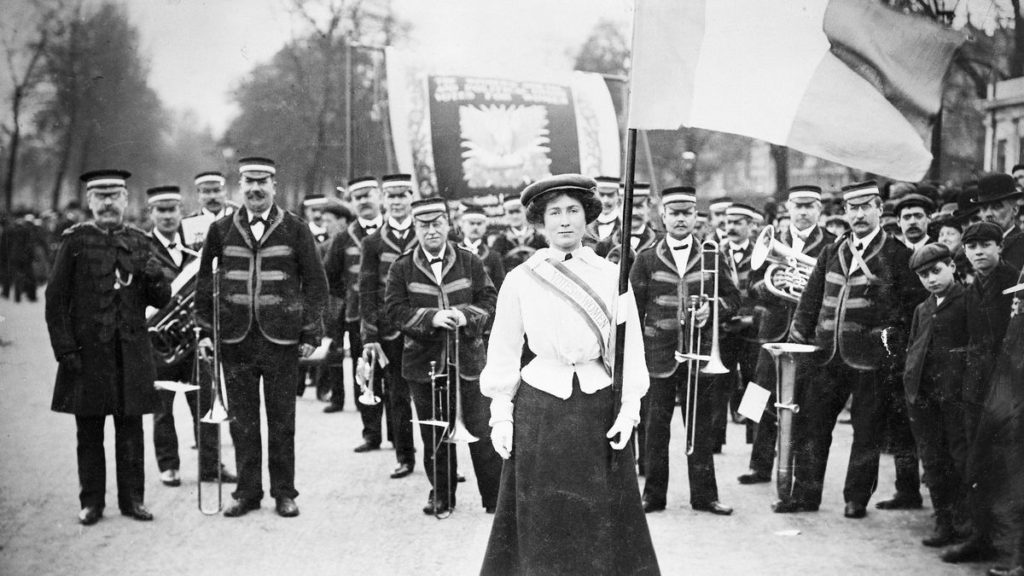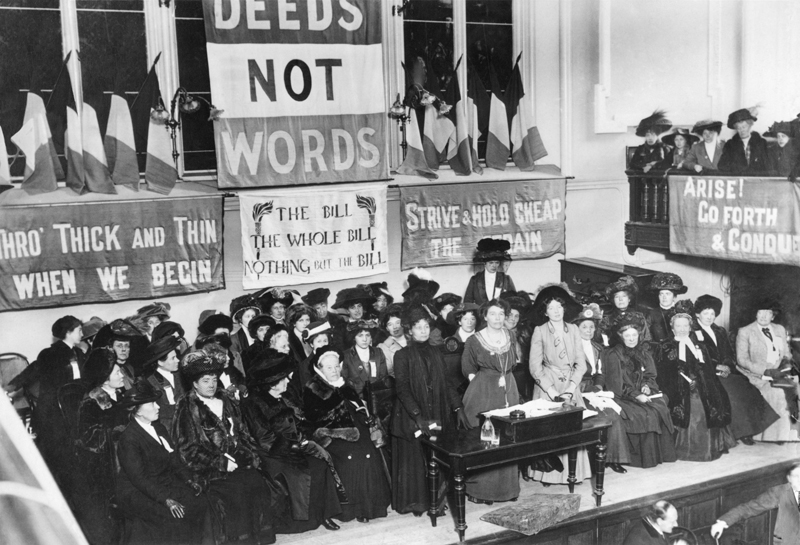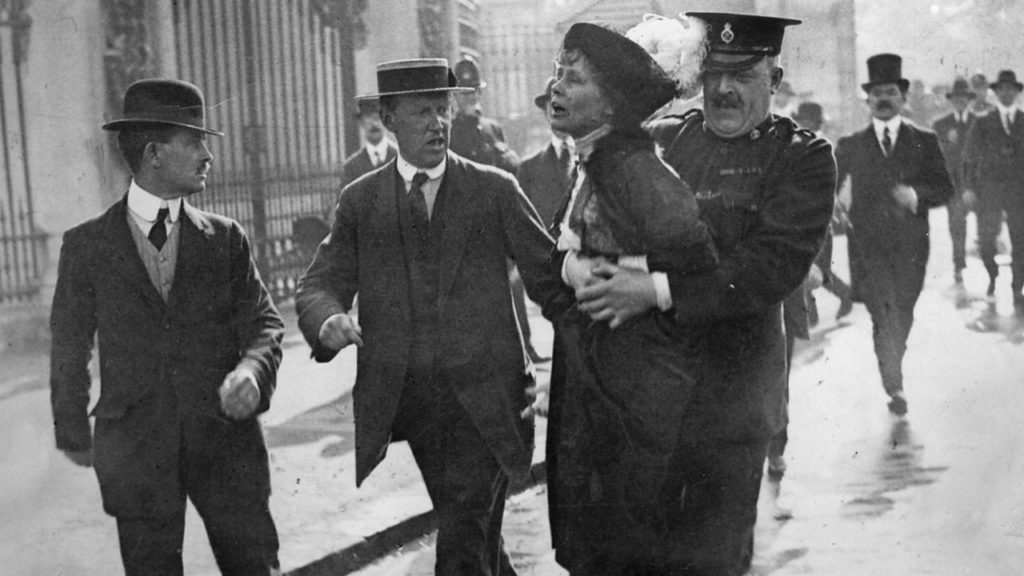Shoot 1 plan: Home
Who: Just myself, only me in frame and i’ll also be doing all camera work
Where: In my bedroom, mostly all on my bed with different shots of the rooms shown
When: When there is still natural light, so just after school
How: Using a tripod and other equipment to hold the camera still, with both views of me on my laptop etc, as well as first person view
Editing: These at home scenes will include basic editing, as well as some fade editing (created through either the certain shots or in post) to blend together ‘live’ filming and archived shots on the laptop screen
Shoot 2 plan: Field
Who: Only me, with a friend following me as the camera man
Where: In some fields and wooded lanes by my house
When: At sunset with a strong focus on its natural colours
How: Using a handheld stabiliser (called a Gimble) and held high to have a drone/from above type shot, having the camera follow behind walking through the field, skating etc.
Editing: These will be simply cut and edited together one after another, mixing between walking and skating shots.
Shoot 3 plan: Timelapse
Who: Me alone in forefront, with archived videos including friends in the back
Where: On my bed, with a constant forward facing frame of just the bed with me in the centre
When: After school, but overtime to begin with light and fall to dark. Is meant to give a day after day affect, but i will film it all at once to have the best stabilised shot
How: I will film short videos in different outfits and slightly shifted background items, and put them together to create a time-lapse. I will also find archived videos with friends, mostly from fun and happy times in the summer
Editing: This part will have a lot of specific editing, cutting together each time lapsed clip, at about half a second each, incorporating the ‘moving’ parts like picking up my phone etc. as seamless as possible. Ill then layer this on top of archived videos, smaller in the centre and cut it so it slowly rows to over the whole screen – and the videos in the back. The archived videos will keep their original audio, with music layered on top also, and have the last clips audio fade out on the last time-lapse scene to silence

